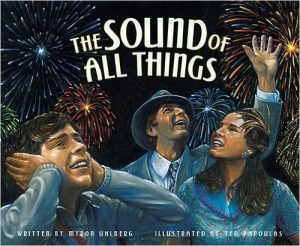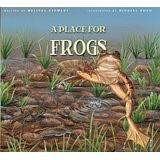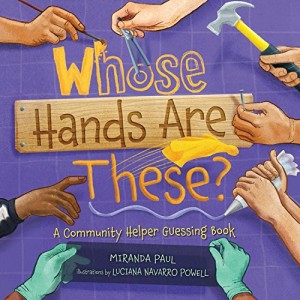Written by Myron Uhlberg
Illustrated by Ted Papoulas
Based on the author’s true story, this beautiful picture book follows a deaf man and woman and their hearing son as they venture out for a day at Coney Island. The man has a vague memory of sounds, and wants his son to describe all sounds vividly. The rollercoaster, the crash of ocean waves, a thunderstorm, the roar of the fireworks. But the young boy lacks the vocabulary for adequate descriptions. The library! What a great idea.
Papoulas does an amazing job of capturing the fun, excitement, and flavor of Coney Island in the 1930s. His vibrant and detailed illustrations make the reader part of the scene. The Brooklyn Bridge at both day and night and depictions of Coney Island are great.
This is a wonderful tool for learning about just how disabilities affect everyday life. The use of the library at the end is a sneaky, yet effective way to work on literacy skills and introduce a reading activity.
I tried to imagine what it was like to be deaf. If I closed my eyes, I could imagine being blind. But there was no way I could ever know what it was like being deaf.
This book and the one the boy finds help.









